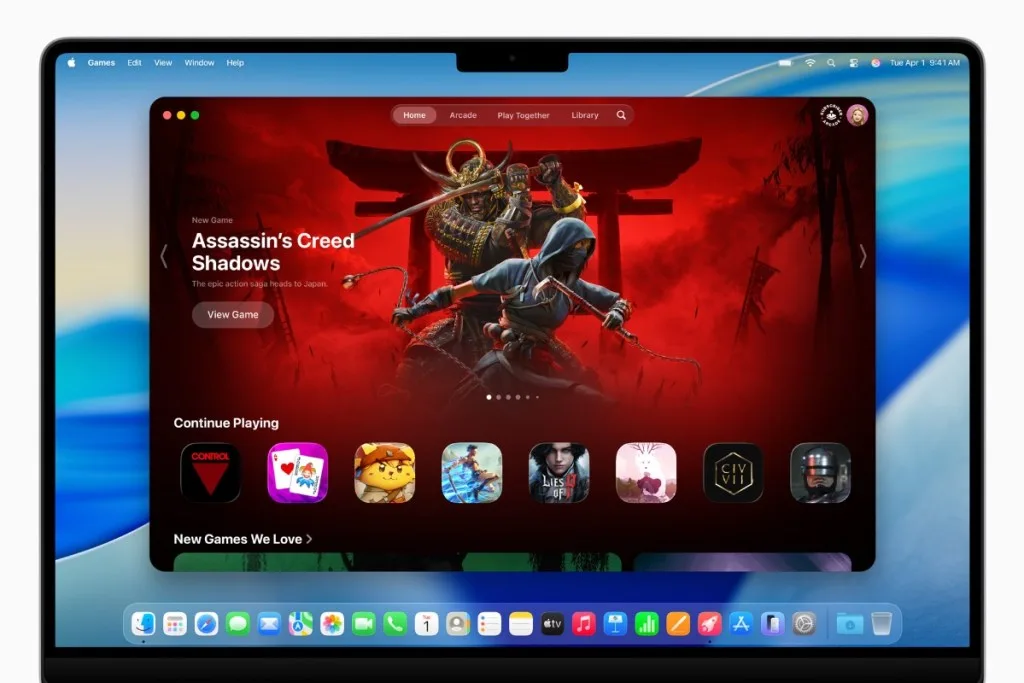
Yes, Apple did talk something about gaming with macOS & iOS at WWDC 25
Apple dedicated less than ten minutes of its two-hour WWDC keynote to gaming, yet the slide-deck was jam-packed with tectonic shifts: a Steam-style Games hub, a Metal overhaul that reads like “DLSS for Apple Silicon,”… Yes, Apple did talk something about gaming with macOS & iOS at WWDC 25